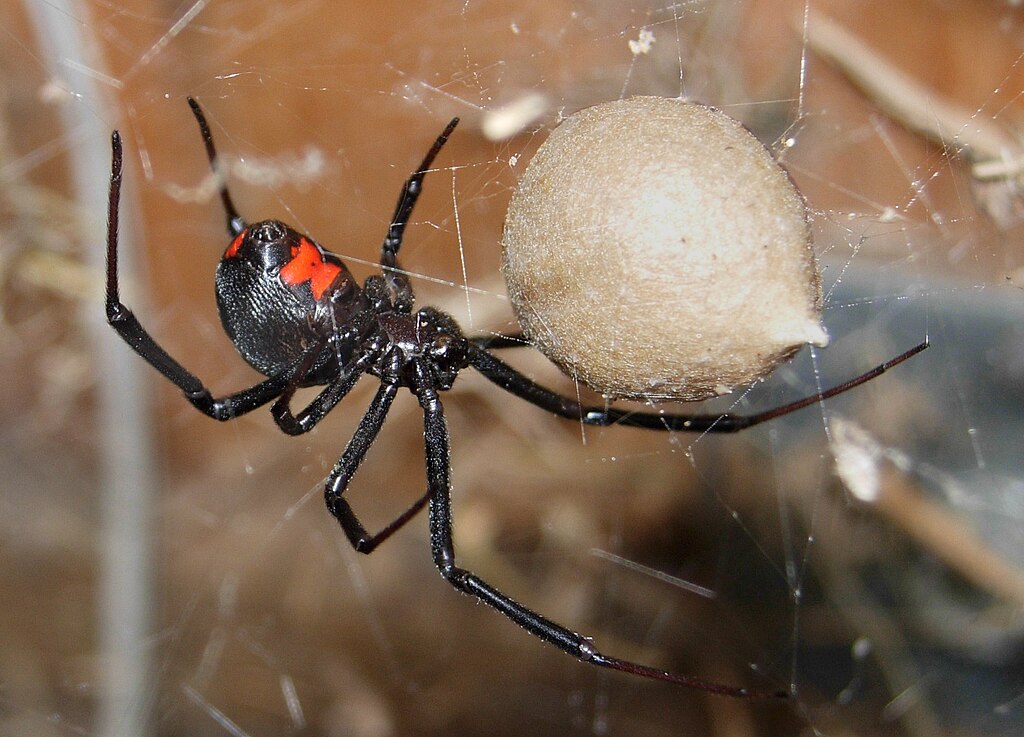Have you ever wondered what real insects inspired your favorite animated bug characters? From the cheerful cricket singing his heart out to the determined ant carrying leaves ten times his size, animation studios have been bringing the insect world to life for decades. But here’s the fascinating part – most of these beloved characters are actually based on real species that exist in nature, each with their own incredible stories and abilities that often surpass what we see on screen.
Jiminy Cricket: The Conscience with Six Legs
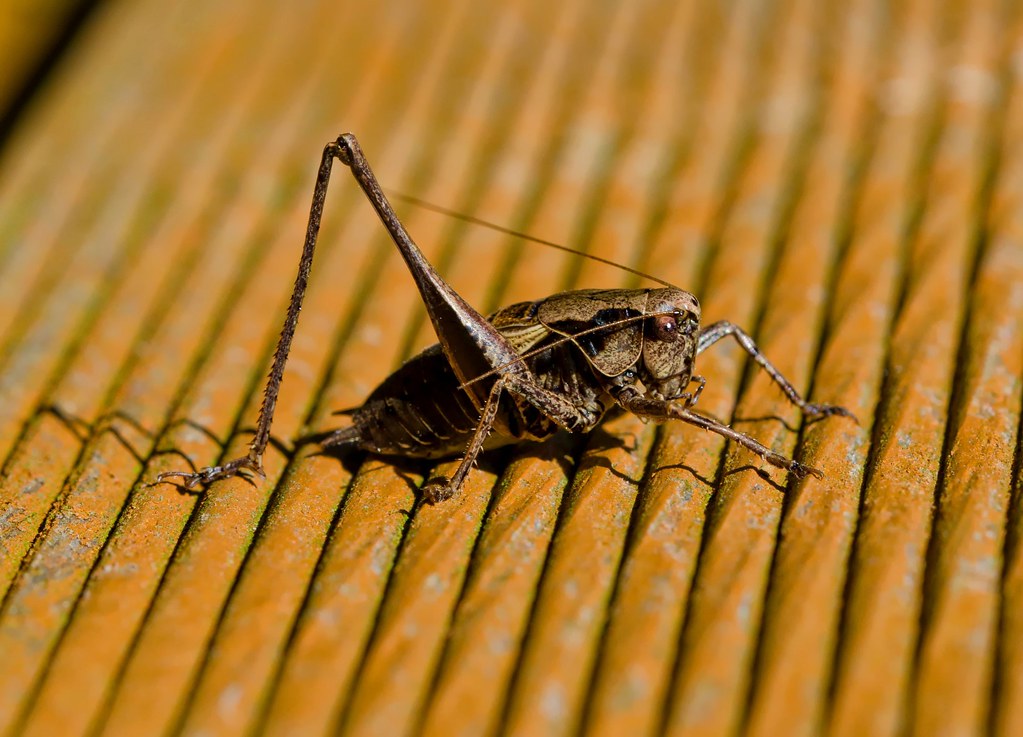
When Disney introduced Jiminy Cricket in Pinocchio, they weren’t just creating a moral compass – they were bringing to life one of nature’s most talented musicians. Real crickets belong to the family Gryllidae and are incredible acoustic engineers. Male crickets produce their famous chirping sounds by rubbing their wings together in a process called stridulation. The pitch and rhythm of their songs can actually tell you the temperature outside – count the chirps in 15 seconds, add 37, and you’ll get the approximate temperature in Fahrenheit. Unlike Jiminy’s top hat and umbrella, real crickets rely on their sensitive antennae to navigate the world, detecting vibrations and chemical signals that help them find food and mates.
Flik from A Bug’s Life: The Innovative Harvester Ant
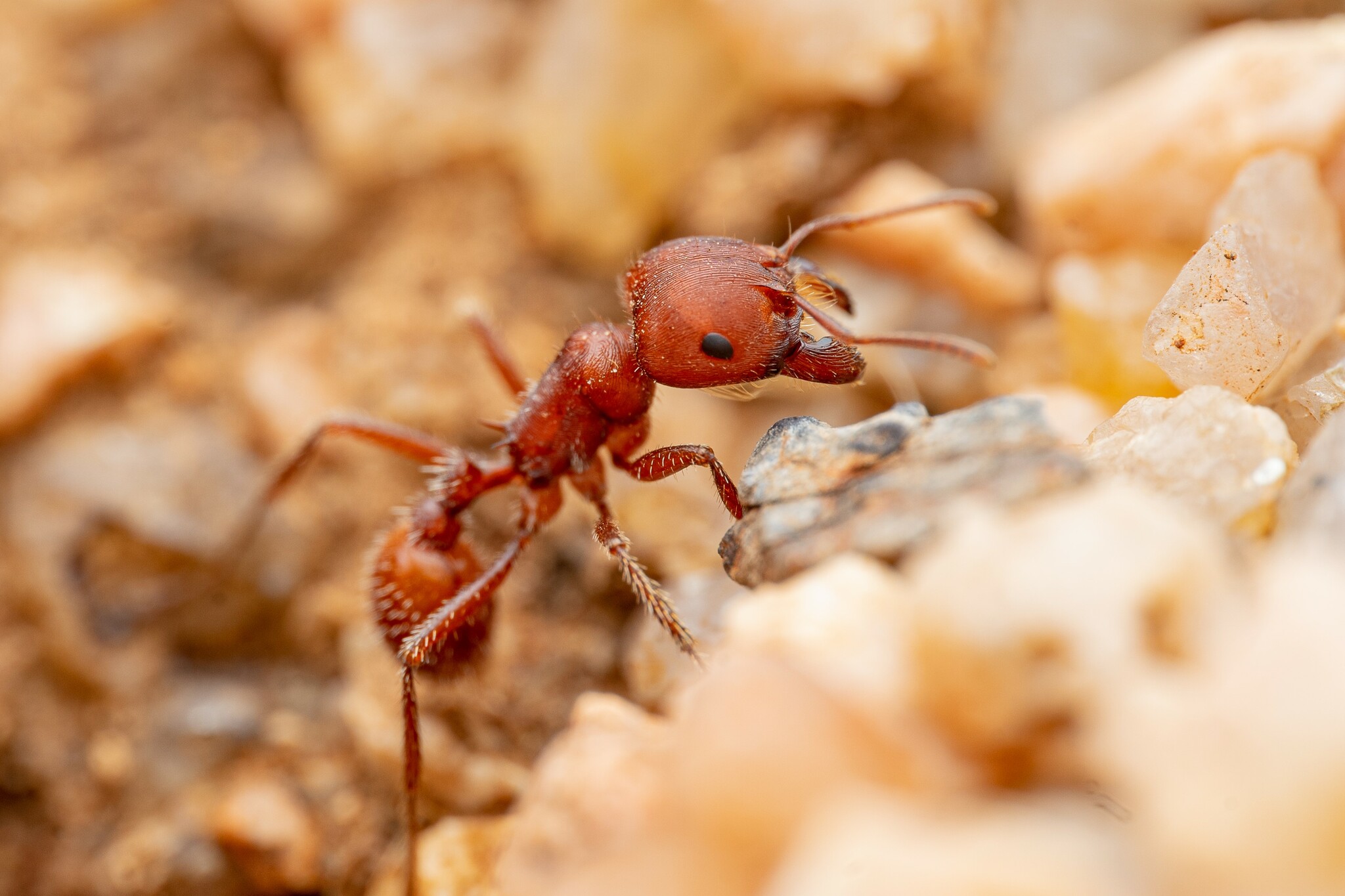
Pixar’s Flik represents one of nature’s most industrious creatures – the harvester ant, likely from the genus Pogonomyrmex. These remarkable insects live in highly organized colonies that can house thousands of individuals, each with specific roles and responsibilities. Harvester ants are named for their incredible ability to collect and store seeds, which they process in underground granaries that can sustain the colony through harsh seasons. What makes them truly fascinating is their agricultural practices – they actually tend to fungus gardens and maintain intricate irrigation systems within their nests. Real harvester ants can lift objects 50 times their own body weight, making Flik’s strength quite realistic. Their colonies operate with a level of coordination that would make any human organization envious, using chemical trails and complex communication systems to coordinate their activities.
The Grasshopper Gang: Nature’s Mighty Leapers
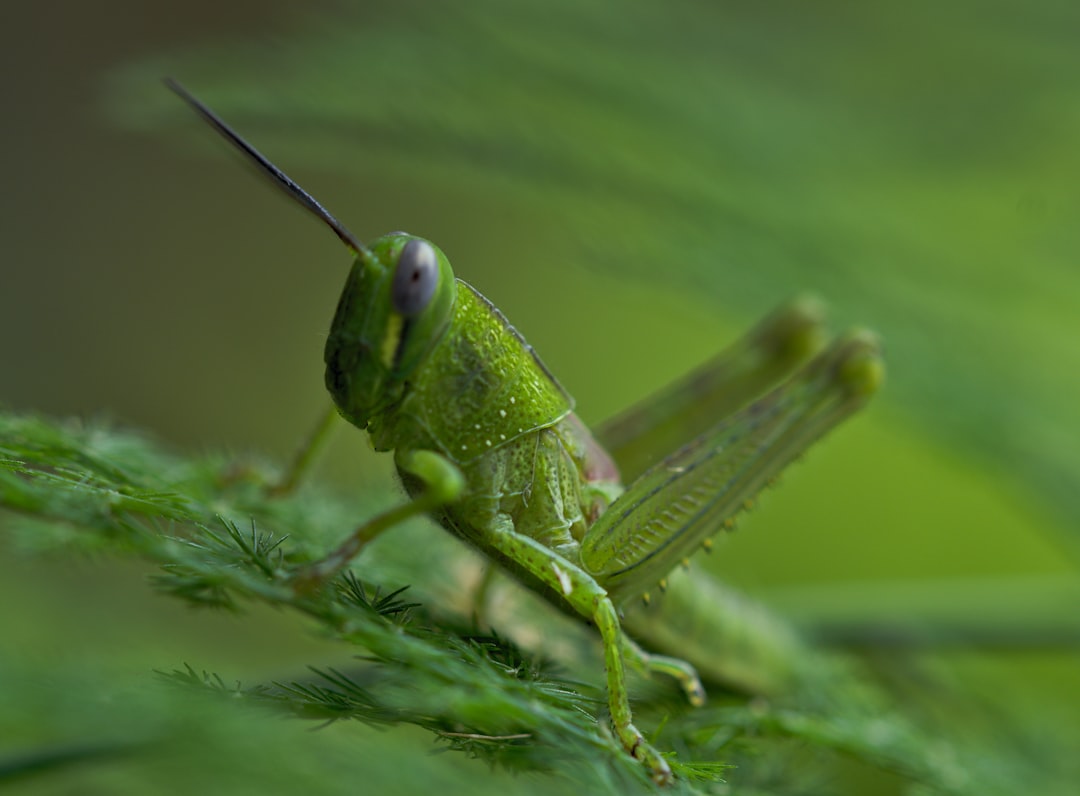
The intimidating grasshoppers in A Bug’s Life, led by the menacing Hopper, are based on real grasshoppers from the family Acrididae. These insects are absolutely incredible athletes – they can jump 20 times their own body length, which would be like a human jumping the length of a football field. Their powerful hind legs contain muscles that can store and release energy like a spring-loaded mechanism. Grasshoppers are also equipped with compound eyes that give them nearly 360-degree vision, making them excellent at spotting predators and prey. In the wild, some grasshopper species do indeed form swarms, particularly desert locusts, which can contain billions of individuals and travel hundreds of miles. Their ability to strip vegetation bare has been both feared and documented throughout human history.
Buzz and the Bee Movie Cast: The Ultimate Pollinators

Barry B. Benson and his fellow bees from Bee Movie represent one of the most crucial species on Earth – the European honey bee, Apis mellifera. These incredible insects are responsible for pollinating about one-third of everything we eat, making them literal heroes of the food chain. A single bee colony can contain up to 80,000 individuals during peak season, all working together in perfect harmony. The famous “waggle dance” that bees perform isn’t just animation magic – it’s real behavior that allows scout bees to communicate the location of flower patches to their sisters. Real honey bees can fly up to 15 miles per hour and visit over 2,000 flowers in a single day. Their compound eyes can see ultraviolet patterns on flowers that are completely invisible to human eyes, giving them a secret map to nectar sources.
Ladybug and Cat Noir: The Garden’s Tiny Predators

The beloved Ladybug from the animated series represents one of nature’s most effective pest controllers – the seven-spotted ladybug, Coccinella septempunctata. These small beetles are voracious predators that can consume up to 5,000 aphids in their lifetime, making them invaluable allies for gardeners and farmers. What’s truly amazing is their defense mechanism – when threatened, ladybugs can “reflex bleed,” releasing a toxic yellow fluid from their leg joints that deters predators. This behavior, called thanatosis, is often accompanied by playing dead. Ladybugs also have an incredible migration ability, with some species traveling hundreds of miles to find suitable overwintering sites in mountainous regions. Their bright colors aren’t just pretty – they’re a warning signal to potential predators that they taste terrible and might be toxic.
The Ant Bully’s Fire Ants: Tiny Warriors with Big Attitudes

The aggressive ants featured in The Ant Bully are most likely based on fire ants, particularly the red imported fire ant, Solenopsis invicta. These insects are some of the most formidable creatures in the insect world, despite their tiny size. Fire ants get their name from their incredibly painful sting, which feels like being burned with a hot match. They inject a potent venom called solenopsin that causes intense burning sensations and can be dangerous to allergic individuals. What makes fire ants truly remarkable is their ability to form living rafts during floods – thousands of ants link together using their bodies to create a floating platform that can keep the colony alive for weeks. Their colonies are also incredibly resilient, with multiple queens and the ability to quickly relocate when threatened. A single fire ant colony can contain over 200,000 workers and cover several acres underground.
Maya the Bee: The Solitary Bee’s Social Adventure
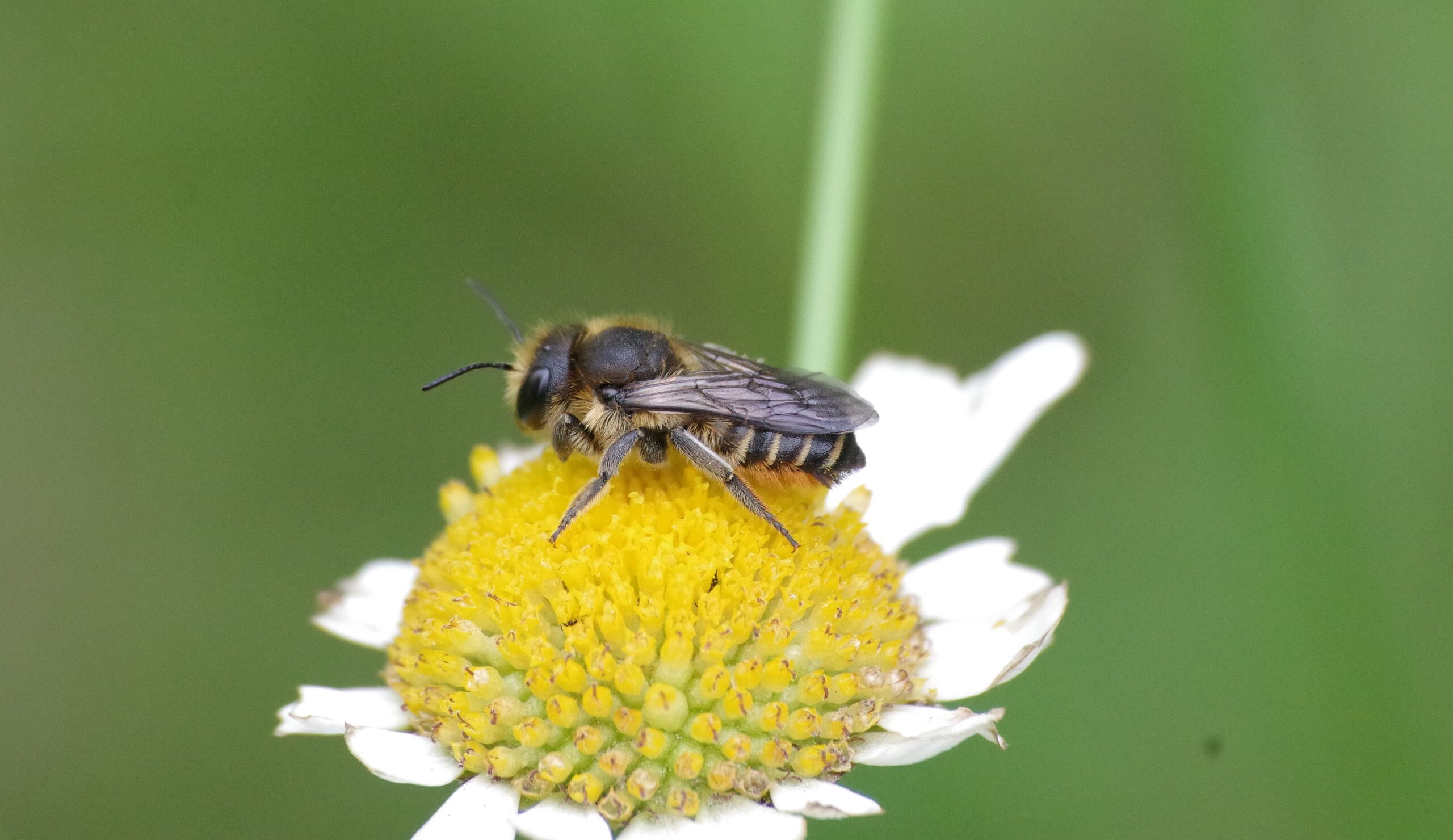
Maya the Bee presents an interesting twist on bee biology, as she represents characteristics of both social honey bees and solitary bee species. In reality, about 90% of bee species are actually solitary, meaning they don’t live in hives but instead create individual nests for their offspring. Maya’s adventurous spirit mirrors that of real solitary bees like mason bees and leafcutter bees, which are incredibly efficient pollinators. These bees are often more effective at pollination than honey bees because they carry pollen on their bellies rather than in specialized baskets, leading to more accidental pollen transfer. Solitary bees are also remarkably diverse, with over 20,000 species worldwide, each adapted to specific flowers and environmental conditions. Unlike honey bees, solitary bees rarely sting because they don’t have a hive to defend, making them perfect garden companions.
The Caterpillar from Alice in Wonderland: Nature’s Ultimate Transformer
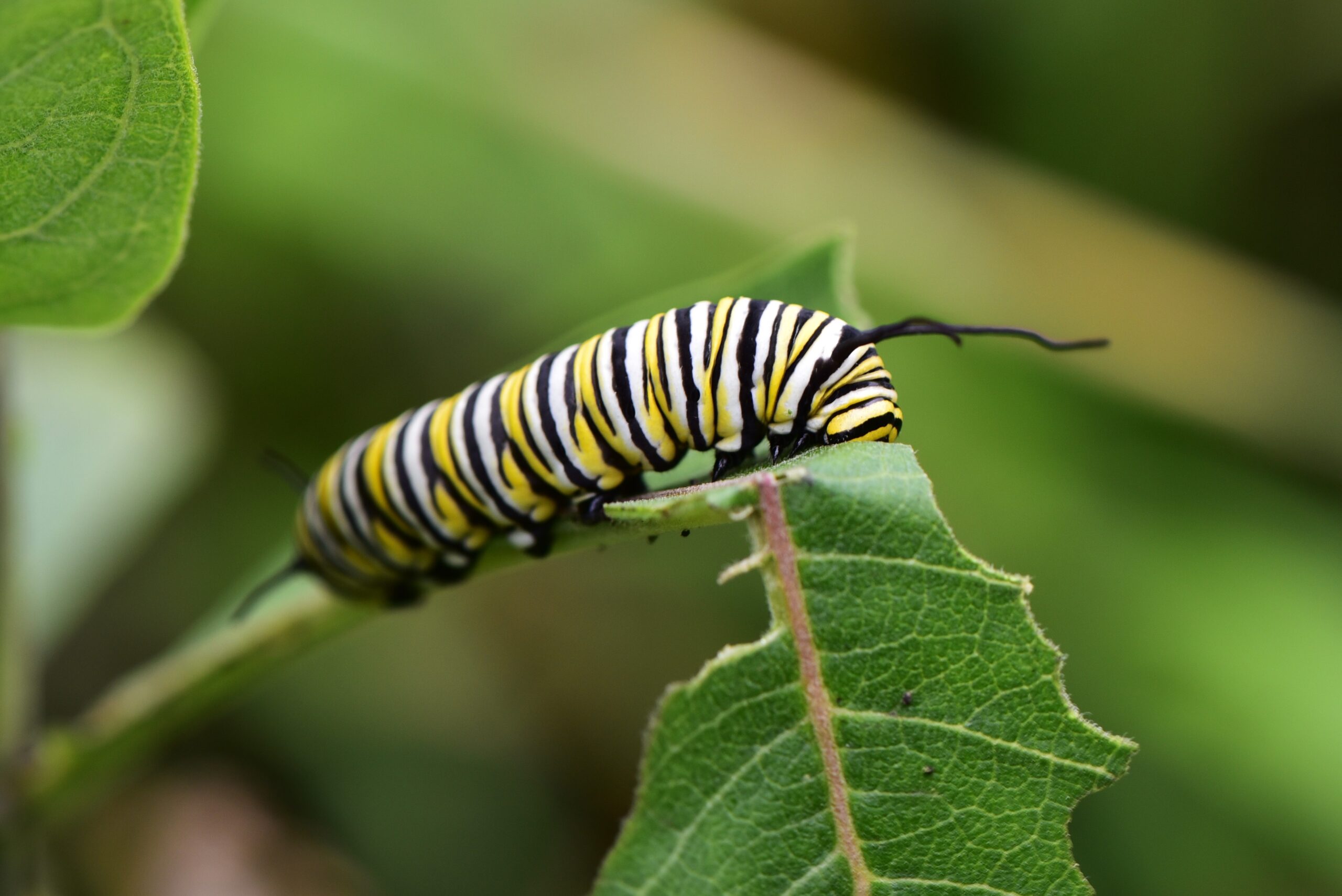
The wise, hookah-smoking caterpillar from Alice in Wonderland represents one of nature’s most incredible transformation stories. Real caterpillars, the larval stage of butterflies and moths, are essentially eating machines designed for one purpose – to grow large enough to metamorphose. A caterpillar can increase its body weight by thousands of times in just a few weeks, shedding its skin multiple times as it outgrows its current form. The transformation process, called metamorphosis, is so complete that scientists consider it one of biology’s most remarkable phenomena. Inside the chrysalis, the caterpillar’s body literally dissolves into a nutrient soup, with special clusters of cells called imaginal discs reorganizing to form the adult butterfly or moth. Some caterpillars, like those of the monarch butterfly, can even retain memories from their larval stage into adulthood, despite their complete physical transformation.
Francis from A Bug’s Life: The Gentle Giant Ladybug

Francis, the male ladybug with a tough-guy attitude from A Bug’s Life, highlights an interesting aspect of ladybug biology – sexual dimorphism and behavior patterns. In reality, both male and female ladybugs look quite similar, though males are typically slightly smaller than females. What’s fascinating about real ladybugs is their seasonal behavior patterns – they often gather in massive groups under rocks, logs, or even in houses during winter months. These aggregations can contain thousands of individuals and serve as protection against cold temperatures. Ladybugs are also surprisingly long-lived for such small insects, with some species living up to three years. During their lifetime, they go through complete metamorphosis, starting as eggs, then becoming spiky-looking larvae that look nothing like the familiar adult beetles. The larvae are actually even more voracious predators than the adults, earning them the nickname “aphid wolves.”
The Praying Mantis: Nature’s Patient Predator
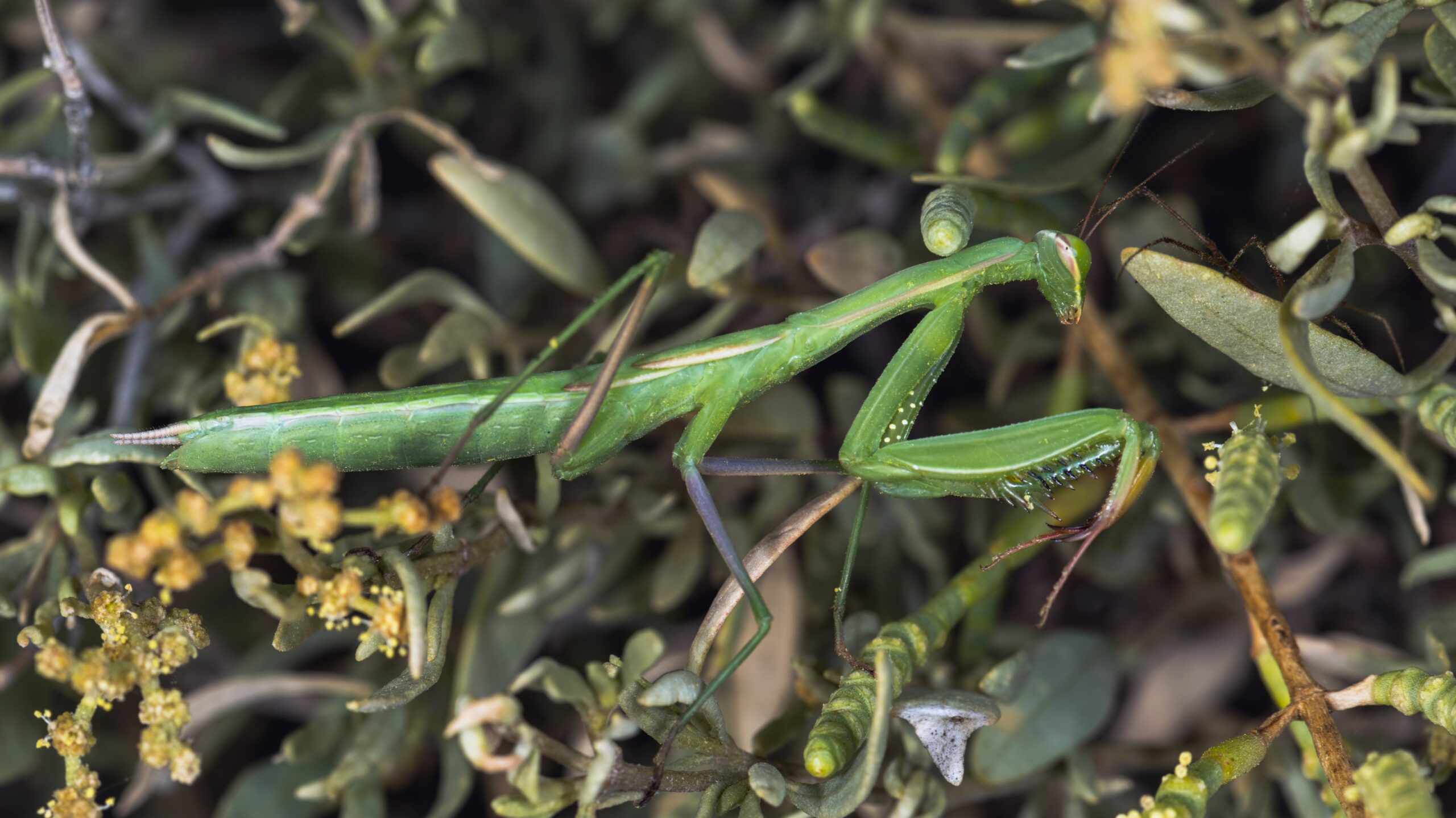
Though not always featured as main characters, praying mantises appear in various animated productions as mysterious, wise figures – and their real-life behavior is even more fascinating than fiction. These incredible predators belong to the order Mantodea and are masters of camouflage and patience. A praying mantis can remain motionless for hours, waiting for the perfect moment to strike with lightning speed. Their triangular heads can rotate 180 degrees, giving them an almost supernatural ability to track prey and spot threats. What’s truly remarkable is their binocular vision – mantises are one of the few insects capable of depth perception, allowing them to accurately judge distances when striking. Some species of mantises are also known to catch and eat small birds, lizards, and even frogs, making them surprisingly formidable predators despite their elegant appearance.
The Monarch Butterfly: Epic Migrators of Animation

Monarch butterflies frequently appear in animated films as symbols of transformation and journey, and their real-life story is perhaps even more incredible than any animated adventure. These orange and black beauties undertake one of the most remarkable migrations in the animal kingdom, traveling up to 3,000 miles from Canada to Mexico. What makes this migration truly mind-blowing is that it takes multiple generations to complete – no single butterfly makes the round trip. The monarchs that arrive in Mexico are the great-great-grandchildren of those that left the previous year, yet somehow they know exactly where to go. They navigate using the sun’s position, magnetic fields, and even polarized light patterns. Monarch caterpillars feed exclusively on milkweed plants, which contain toxic compounds that make the butterflies poisonous to predators. This toxicity is advertised through their bright warning colors, a perfect example of aposematic coloration in nature.
The Dung Beetle: Unsung Heroes of Animation

While not always the stars of the show, dung beetles occasionally appear in animated films as hardworking background characters, and they deserve much more recognition. These incredible insects are proportionally the strongest creatures on Earth – they can pull objects over 1,000 times their own body weight. To put this in perspective, that would be like a human pulling six double-decker buses filled with people. Dung beetles navigate using the Milky Way galaxy, making them the first insects known to use celestial navigation for orientation. They play a crucial ecological role by recycling nutrients and aerating soil, with some estimates suggesting they save the U.S. cattle industry over $380 million annually in waste management. There are over 6,000 species of dung beetles worldwide, each specialized for different types of animal waste. Some species even show parental care, with both parents working together to create and provision underground nurseries for their young.
The Dragonfly: Ancient Aerial Acrobats
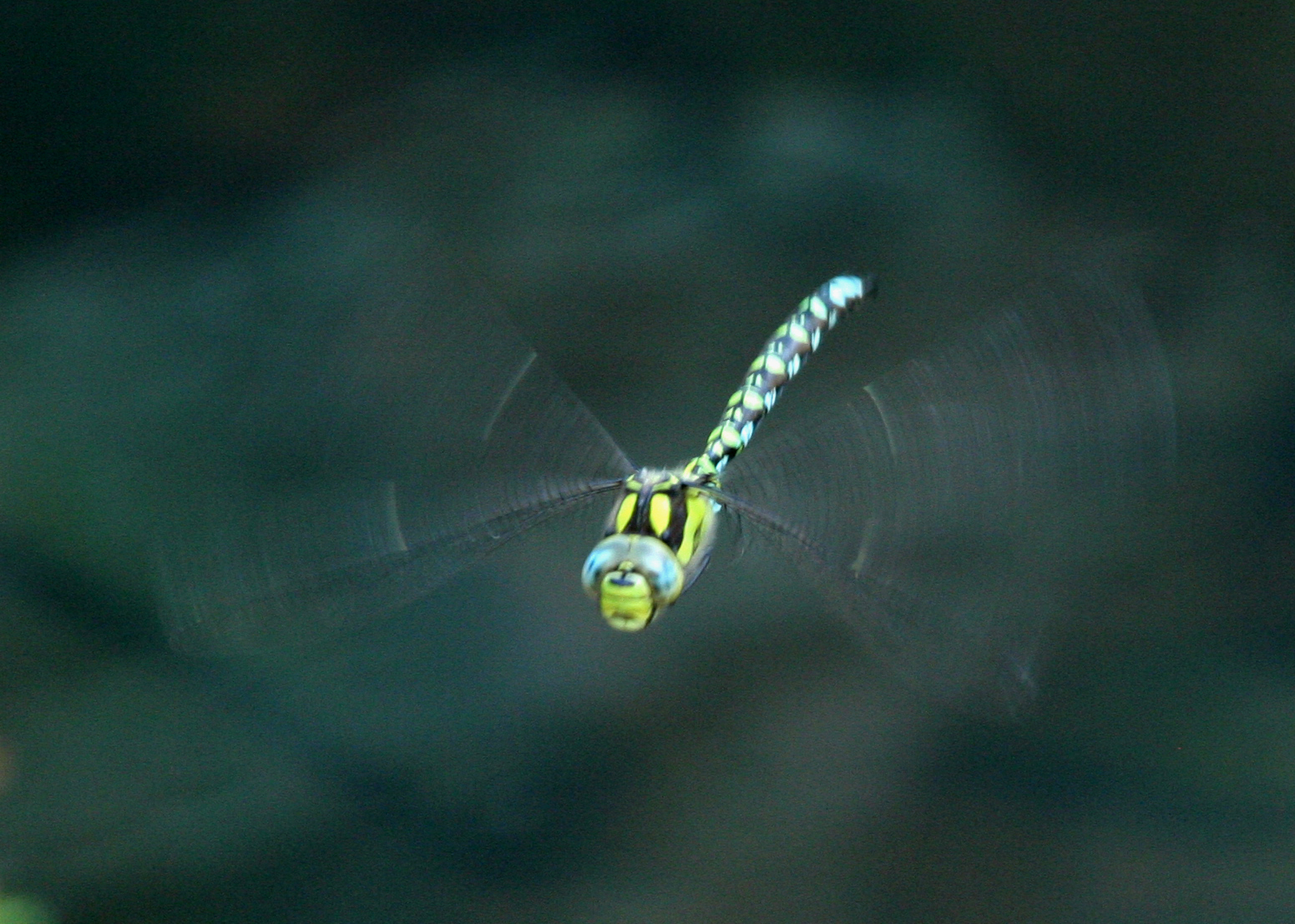
Dragonflies in animation are often portrayed as mystical, graceful creatures, and their real-life abilities are truly otherworldly. These ancient insects have been virtually unchanged for over 300 million years, making them living fossils that once shared the skies with dinosaurs. Modern dragonflies are incredible flying machines with four independently moving wings that allow them to hover, fly backwards, and even fly upside down. They’re also ruthlessly efficient predators with a 95% hunting success rate – higher than sharks, lions, or any other predator. Their compound eyes contain up to 30,000 individual lenses, giving them nearly 360-degree vision and the ability to detect movement from 40 feet away. Dragonfly nymphs spend most of their lives underwater as aquatic predators, sometimes for several years, before emerging as adults. They can also see colors we can’t imagine, with some species detecting ultraviolet and polarized light patterns invisible to human eyes.
The Black Widow Spider: Misunderstood Femme Fatales

Though technically arachnids rather than insects, black widow spiders occasionally appear in animated productions as mysterious or villainous characters, perpetuating myths about these remarkable creatures. The real Latrodectus mactans is far more fascinating than frightening – males are actually tiny compared to females and rarely bite humans. The infamous “widow” behavior of females eating males after mating only occurs in about 2% of encounters, and usually only when the female is extremely hungry. Black widow silk is stronger than steel of the same diameter and more elastic than rubber, making it one of the most remarkable materials in nature. These spiders are also surprisingly good mothers, guarding their egg sacs vigilantly and carrying their babies on their backs after hatching. Their venom, while potent, is primarily designed for small insects and is rarely fatal to humans with modern medical treatment. Black widows are actually quite shy and prefer to hide in dark, undisturbed places rather than actively hunting or confronting threats.
Conclusion
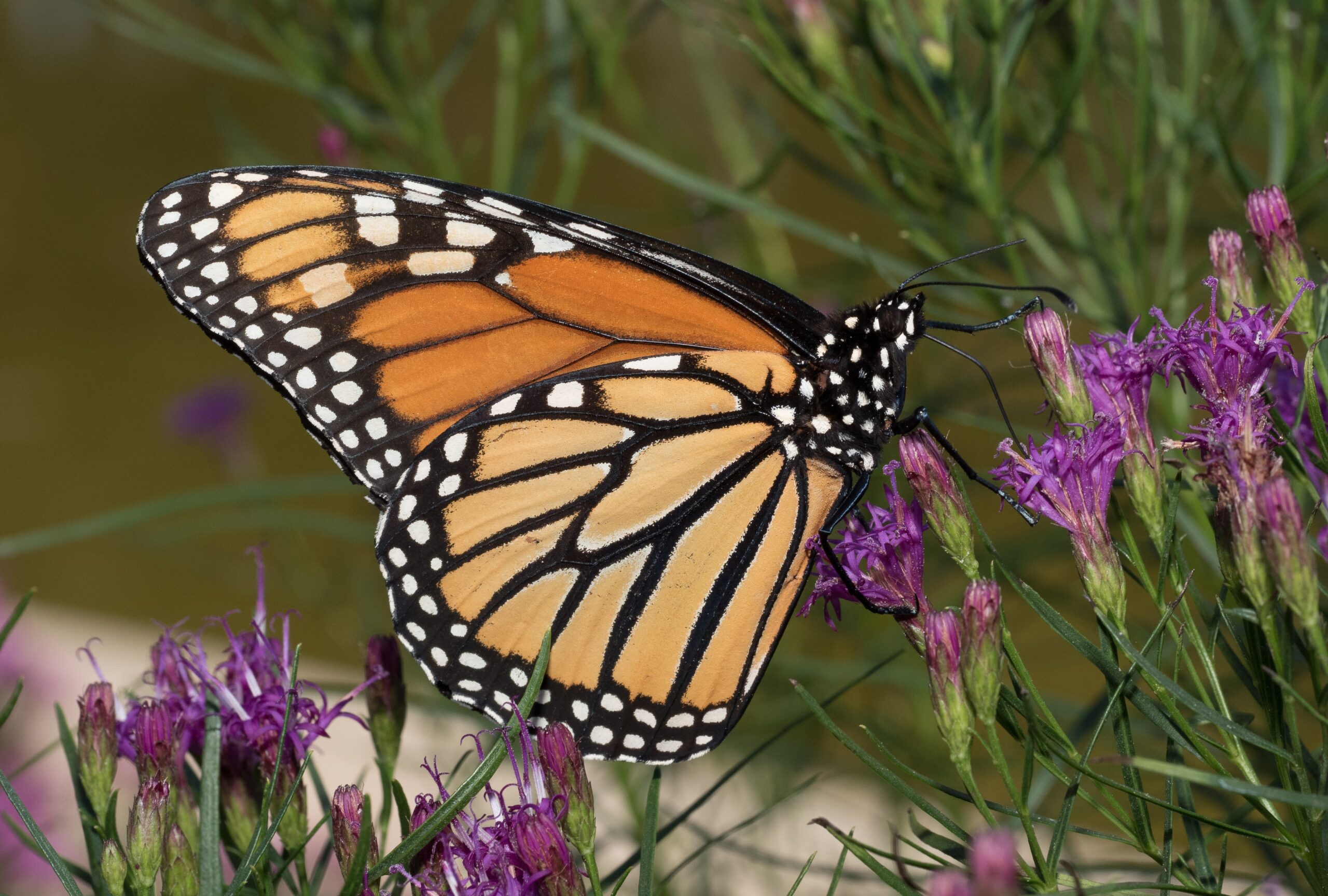
Animation has given us countless memorable insect characters, each bringing their own charm and personality to our screens. But behind every animated bug lies a real species with abilities and behaviors that often surpass the imagination of any storyteller. From the architectural genius of harvester ants to the celestial navigation skills of dung beetles, the insect world is filled with creatures whose real-life superpowers make them worthy of starring roles. These tiny actors of the natural world continue to inspire animators and audiences alike, reminding us that sometimes the smallest creatures have the biggest stories to tell. What’s your favorite animated bug, and what amazing real-life ability would surprise you most?

